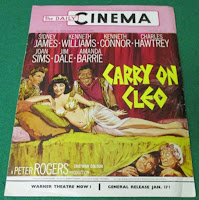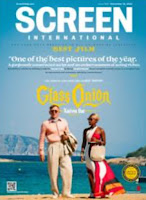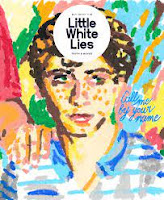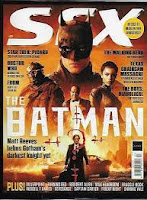TRADE MAGAZINES:
KINE WEEKLY 1989: Began as Optical Magic Lanter and Photographic Enlarger but rebranded to Kine Weekly in 1907. Lasted until 1971. Owned by Odhams Press a British publishing company. Contained trade news, advertisements, reviews, exhibition advice, and reports of regional and national meetings of trade organisations. It was increasingly popular due to its display of box office data.
TODAY’S CINEMA/DAILY CINEMA 1957: This was the American owned magazine that started out as Daily Cinema in 1957. The content was similar to Kine Weekly because it was also designed mainly target those who worked in the film industry - either in production or those working on releasing the film ion theatres (exhibition). This continued until 1975 when it was rebranded to Todays Cinema.
SCREEN INTERNATIONAL 1975: Started from the rebranded Today's Cinema, which had bought and absorbed Kine Weekly. It became a weekly Business to business brand reporting on industry specifically for the UK film industry but sometimes developments globally. Currently owned by EMAP and now has a website: screendaily.com. This remains the UK's main industry paper with its rivals being the US based Variety and Hollywood Reporter.
FAN MAGAZINES:
MOTION PICTURE STORY MAGAZINE 1913: This was a very early fan magazine that aimed at the silent movie going audience. It ran from 1913-14. Rather than providing news and reviews, this told the stories of the current films - letting fans to hear the plot without physically seeing the films. In the late teens the magazines moved to focus not on the films but the actors and stars themselves.
PICTUREGOER 1913: With emphasis on the stars rather than the films, Picturegoer was aimed at a female audience. It started as a serious record of films on in the UK but focused more on the glitz and glamour through the 40s and 50s. TV increasingly became the main source of entertainment for women from the 50s onward as they stayed at home and eventually Picturegoer merged with a pop music magazine called Disc Date. It ran until 1960.
HIGH BROW MAGAZINES:
MONTHLY FILM BULLETIN 1934: This ran from 1934 to April 1991. It began as a listing magazine for what was on in the UK cinemas and to inform cinema managers of what was coming up, but changed its angle to a more critical view in the 1950s with editor David Robertson. This developed throughout the '70s taking on auteur theories and looking into the Marxist film ideologies, giving the magazine an art-house audience and analytical tone. MB merged with Sight and Sound in 1991.



































No comments:
Post a Comment